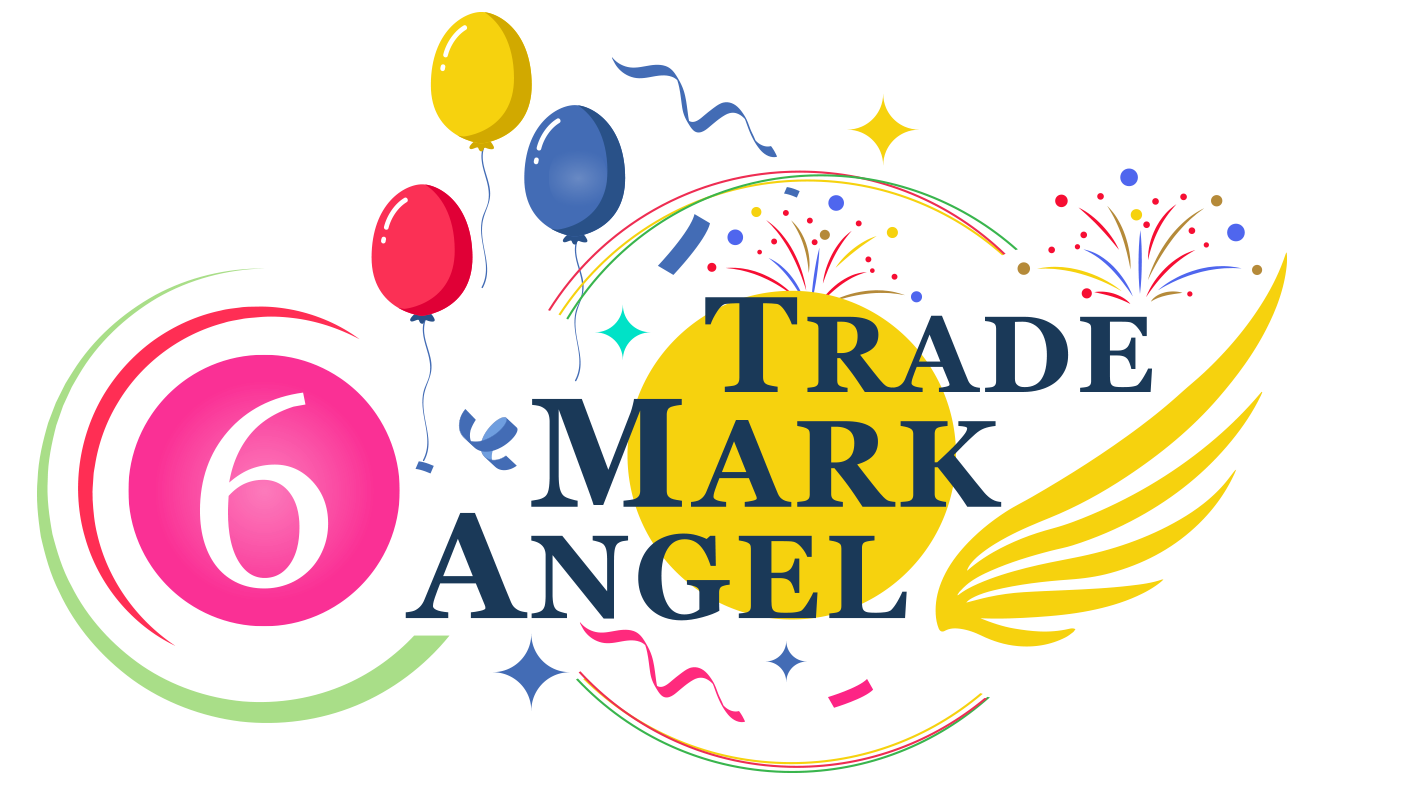CRYPTO and NFTs under the Lens of Trademark and Copyright Law
Can you trademark your NFT? What about trademarking cryptocurrency? This article will discuss this in depth. New forms of digital property, such as cryptocurrencies and non-fungible tokens (NFTs), are not yet fully addressed by existing intellectual property law. Let’s finally take a deep dive into these technologies, shall we? Bitcoin, Matic, Dogecoin, and Ethereum. We [...]





